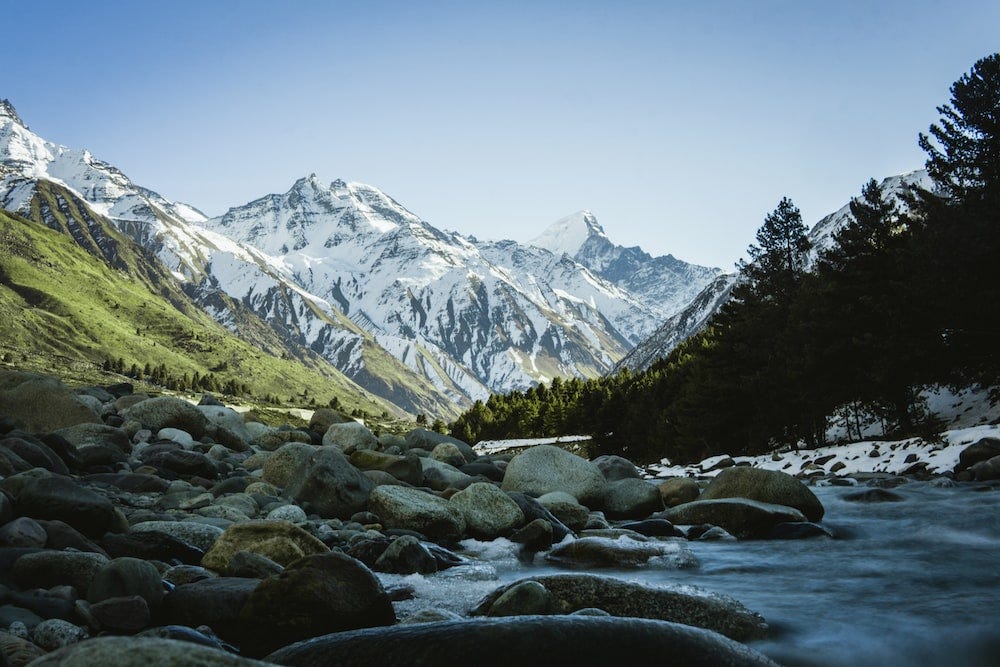My experience as a writer whilst touring the Himalayas

If writing isn’t a task hard enough, try traveling along with it.
I failed miserably before finally catching the trick.
From the hot and holy plains of Amritsar to the teeth-clattering and towering mountains of Dalhousie, I experienced it all. More from the eyes of a writer than from the eyes of a tourist.
I expected to have a thousand ideas because of the new experiences I had gained. But for the first few days, I could not muster my strength or ideas.
It seemed the beautiful valleys had left me too dumbfounded.
Yet, I managed to come up with ways to not compromise on writing while enjoying the trip.
Here are three steps to follow if you have a deep love for both traveling and writing.
Step 1: Write what you see
Traveling can tamper with the normalcy of your lifestyle. It can be quite dismantling for the writer inside you, and thus break the usual flow of ideas and words.
Go easy on yourself.
Build on your writing muscle by writing what you see. Tourist spots provide a host of opportunities for this exercise; it can even come helpful if you’re writing a novel in indirect ways.
I witnessed how the holy sight of the Golden Temple caught the shine under the Sun. I also almost froze to death when clouds settled on the ground in the steep valleys of Dalhousie — it was a view worth watching.
You can pen your thoughts about how snow glistens on the peaks, how the stream sings as it flows by, and how the marble warms beneath your feet.
The quality of your description skills will hone with practice. Your imagination will stretch itself with new metaphors and imagination.
Step 2: Write what they say
Traveling is more than just seeing new sights; it’s about learning new things, including the stories, cultures, and experiences of the people in the places you visit.
Take the time to listen and hear what others have to say. People’s experiences are unique and full of insights that you can use in your writing. It’s also an excellent opportunity to reflect on the mistakes of others.
Write about the folklore, the traditions, and the myths that you hear. These stories can serve as prompts for your novel.
It’s a pandora’s jar once you tap it open.
Step 3: Write what you feel
Ultimately, traveling is for you and about you. What you think and feel.
My days were too exciting to just keep the events in my heart — watching monkeys shriek as the sky rumbled, the bus driving on the hairpin paths at night, trekking with my friends, and more!
Use your writing as a way to express your emotions and thoughts.
Keep a daily journal to experiment with your ideas, share your adventures, and explore your feelings. Write about how the incidents you went through affected your life or your perspective.
This will help keep your memories alive and provide you with endless inspiration.
To conclude
Traveling can be beautiful and eye-opening.
For writers, it can be a jar full of candies. There will be no lack of originality with the new destinations visited and the incidents that occurred. A thousand raw and exuberant ideas would be at your feet, provided you are attentive and prepared enough.
So pack your back and your laptop!
Write what you observe, what you hear, and what your heart says.
Subscribe to my bimonthly newsletter!
How Do You Write When You Travel was originally published in The Writing Cooperative on Medium, where people are continuing the conversation by highlighting and responding to this story.
Go to Source
Author: Saanvi Thapar
